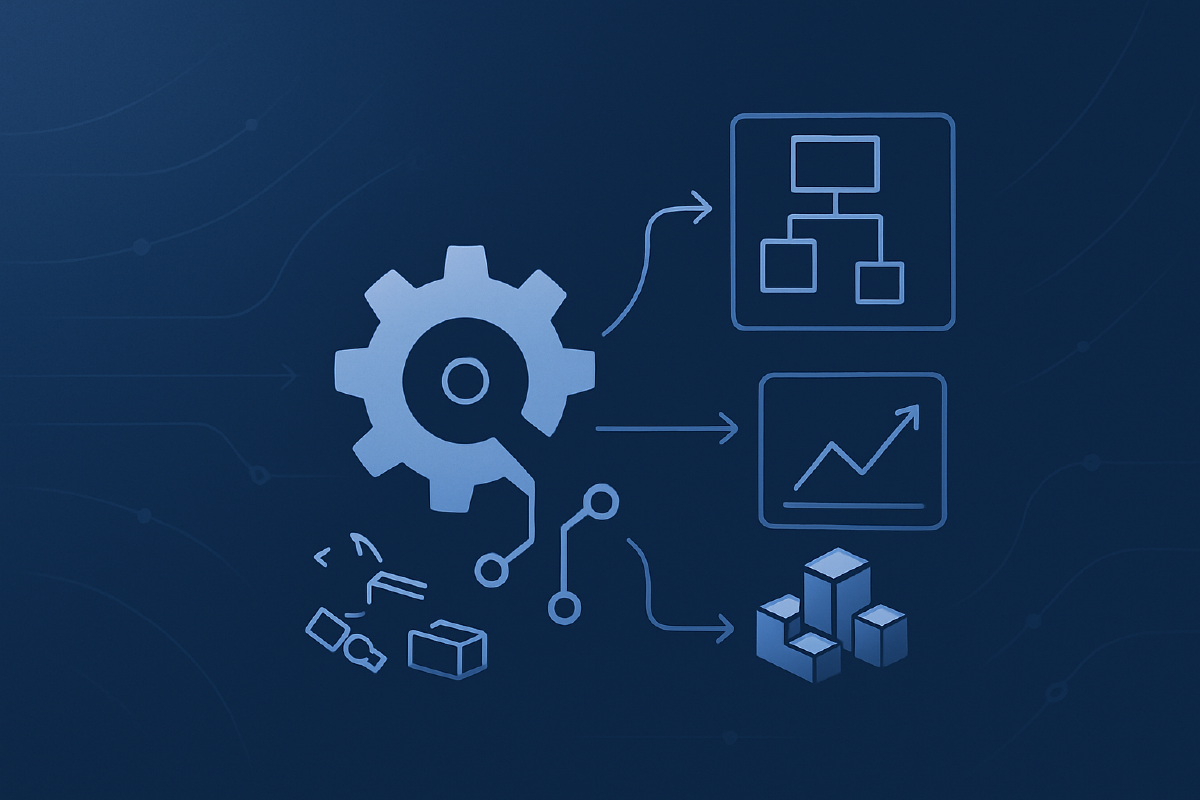We’ve largely won the context war. RAG systems seamlessly ingest our documentation. Tools like Cursor and GitHub Copilot understand entire codebases. Error monitoring platforms like Sentry now provide AI-powered root cause analysis. The basic infrastructure for AI-powered development is here, deployed, and working.
But here’s what I’m seeing in organizations that have moved beyond the “wow, AI can write code” phase: the real opportunity isn’t building better context engines—it’s using them to fundamentally reshape how we approach software development.
The question is no longer “How do we make AI understand our code?” It’s “Now that AI understands our code better than most humans, what becomes possible?”
The answer is a shift from reactive to predictive development. From managing technical debt to preventing it. From architectural drift to architectural evolution. Let me show you what this looks like.
The Architectural Evolution Engine#
With context engines in place, we can now tackle something that’s been impossible until now: real-time architectural evolution. Instead of letting architecture drift and then scrambling to fix it, AI can now guide architectural decisions as they happen.
The New Reality: Your AI assistant doesn’t just understand your current architecture—it understands the intent behind it. When a developer is about to introduce a new dependency or pattern, the AI can say: “This breaks the bounded context principle we established for the payment service. Here are three alternatives that maintain architectural integrity.”
Beyond Code Review: Traditional code review catches syntax and logic errors. AI-powered architectural review catches conceptual errors. It can detect when a change violates domain boundaries, introduces circular dependencies, or creates coupling that will cause problems six months from now.
The Impact: Architecture becomes a living, enforced discipline rather than a document that gets outdated. Teams can move fast while maintaining long-term system health.
The Technical Debt Prevention System#
Here’s where it gets interesting. With full codebase understanding, AI can now predict technical debt before it accumulates. Instead of paying down debt, we can prevent it from accruing in the first place.
Debt Pattern Recognition: AI systems can now identify the early warning signs of technical debt: duplicated logic patterns, growing function complexity, increasing coupling between modules. But more importantly, they can suggest refactoring before the debt becomes painful.
The Compound Interest Problem: Technical debt compounds like financial debt. A small architectural inconsistency today becomes a major refactoring effort next year. AI can now calculate the “interest rate” of technical decisions and surface this to developers in real-time.
Proactive Refactoring: Instead of waiting for code to become unmaintainable, AI can suggest micro-refactorings during normal development. “I notice this function is growing complex and similar logic exists in three other places. Would you like me to extract a shared utility?”
The Impact: Teams spend less time fighting legacy code and more time building new features. Technical debt becomes a managed, predictable cost rather than a surprise that derails projects.
The Predictive Operations Layer#
This is where the future gets really exciting. With operational data flowing back into our context engines, we can move from reactive incident response to predictive system health management.
Performance Regression Prevention: AI can now analyze code changes against historical performance data and predict: “This database query pattern caused a 40% slowdown in the user service last month. The current change introduces a similar pattern in the payment service.”
Failure Pattern Recognition: Instead of waiting for systems to fail, AI can recognize the precursor patterns. “CPU usage is trending upward in a pattern that preceded the last three outages. The common factor appears to be this background job that was modified two weeks ago.”
Capacity Planning as Code: AI can now predict resource needs based on code complexity and usage patterns. “The new feature you’re building will likely increase database load by 30% based on similar features. Here’s the infrastructure scaling plan.”
The Impact: Operations becomes predictive rather than reactive. Teams prevent incidents instead of responding to them. System reliability improves while operational overhead decreases.
The Development Paradigm Shift#
We’re standing at an inflection point. The basic infrastructure for AI-powered development is largely solved. The question now is: what do we do with this unprecedented capability?
The organizations that will thrive in the next phase are those that use AI not just to write code faster, but to fundamentally rethink how software is built and maintained:
- From reactive to predictive: Instead of fixing problems, prevent them.
- From debt management to debt prevention: Instead of paying down technical debt, avoid accruing it.
- From architectural drift to architectural evolution: Instead of letting systems decay, guide their growth.
- From incident response to system health: Instead of reacting to failures, predict and prevent them.
This isn’t about better tools—it’s about better practices enabled by AI that understands our systems as well as we do.
The future of software development isn’t just AI that can code. It’s AI that can think architecturally, predict operationally, and evolve systematically. The context engine was just the beginning.


